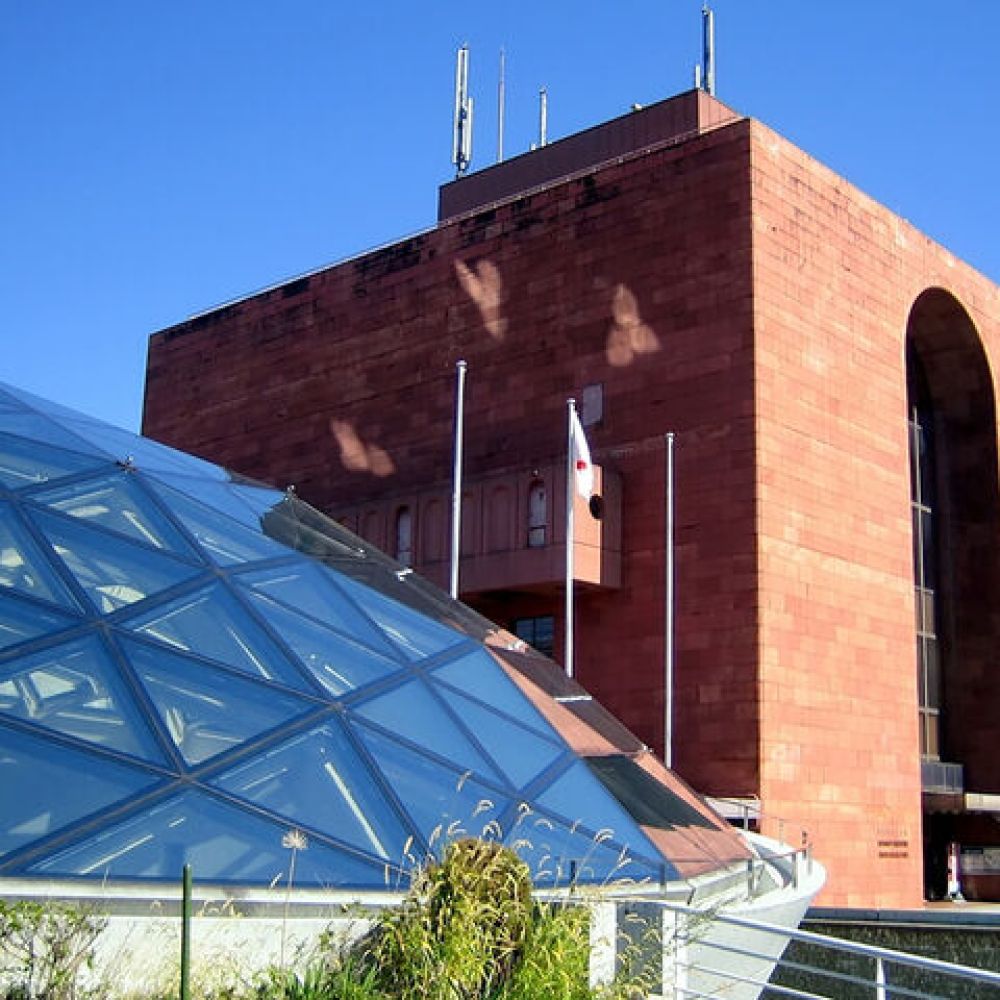

The Atomic Bomb Museum in Nagasaki, Japan, is a solemn and powerful reminder of the devastating impact of nuclear weapons. Opened in April 1996, the museum is dedicated to promoting peace and a deeper understanding of the tragic events of August 9, 1945, when the city was the target of the world's second atomic bomb attack at the end of World War II.
Since its establishment, the museum has attracted visitors from around the globe, making it one of the most significant sites for war and peace education. Initially, tourists came to the museum to learn about the history of the bombing and see the artifacts left behind. Over time, this interest has broadened to include a focus on peace studies and nuclear disarmament.
The museum went through a major renovation and expansion in 1996 to house and display a growing collection of exhibits. These range from personal belongings of the victims to photographs and interactive displays that portray the destruction of the city and the aftermath of the explosion. The heartrending exhibit, which includes a clock stopped at the exact moment of the blast, serves as a stark reminder of the event.
Commemorations and educational programs draw numerous visitors, especially during the annual August 9th Peace Memorial Ceremony. The museum and the adjacent Peace Park attract academics, policy-makers, and those affected by nuclear weapons, increasing its significance as a site for remembrance and advocacy for peace.
In recent years, there has been an emerging trend of virtual and interactive experiences offering visitors new ways to engage with the museum's content. A renewed global focus on the human effects of nuclear conflict, partly driven by global political tensions, has contributed to a resurgence in the museum's relevance and visitor numbers.
Schools and universities frequently incorporate visits to the museum into their curriculum, and there has been an uptick in specialized tours focusing on the historical significance of Nagasaki. With peace education taking a more prominent role in global dialogues, the museum serves not only as a historical site but also as a platform for international conversation on peace and conflict resolution.
Currently, the museum is also harnessing the power of social media to raise awareness and connect with newer, younger audiences. Digital storytelling, hashtags, and interactive online campaigns help ensure that the lessons of Nagasaki reach as broad an audience as possible.
The global pandemic has also accelerated the adoption of virtual tours and online exhibits, making the Atomic Bomb Museum's poignant messages accessible even to those who cannot travel to the site.
The Atomic Bomb Museum is located in Nagasaki Peace Park, just a few kilometers from the hypocenter of the explosion. It is open to the public year-round, with various entry fees for adults, students, and group bookings. The museum also offers guided tours in several languages to cater to international visitors.
For those planning a visit, it is recommended to allocate enough time not just for the museum, but also for the Peace Park and the nearby Nagasaki National Peace Memorial Hall for the Atomic Bomb Victims, which together form a comprehensive experience of Nagasaki's story.